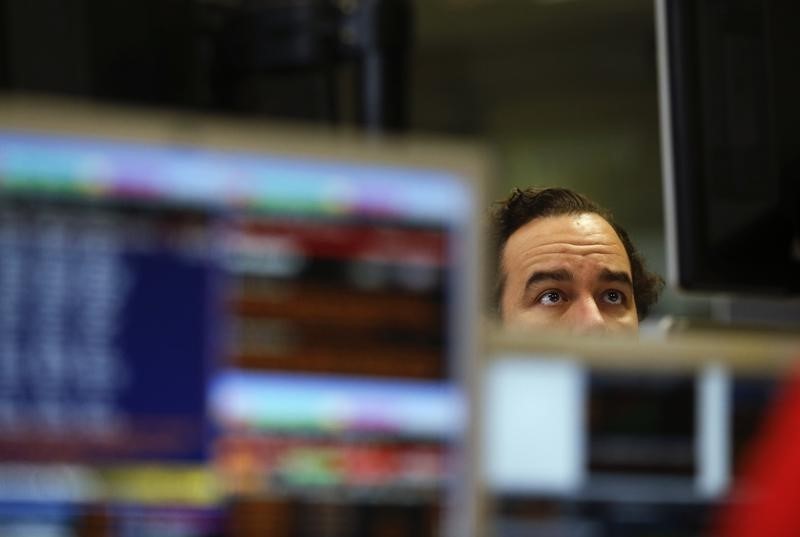This post was originally published on this site
https://i-invdn-com.akamaized.net/news/LYNXNPEC3B0CQ_M.jpg
Stock funds had inflows of $58 billion in the week through Feb. 10, led by investments into U.S. equities and the tech sector, according to BofA and EPFR Global data. Market players pulled almost $11 billion from cash funds and about $800 million from gold, while bonds got a $13 billion inflow, according to the Feb. 11 note.
BofA’s gauge of market sentiment– the so-called Bull & Bear indicator– is approaching levels of extreme bullishness, which can trigger a sell signal that hasn’t been set off since January 2018, according to the note. Since 2000, the median three-month return for global equities has been a 9% loss following 12 such sell signals, BofA strategists led by Michael Hartnett said.
The weekly flows data comes as global equities are trading near record highs, prompting some investors to consider whether it’s worth staying in the market or taking some profits. Powerful stimulus measures across the world, low bond yields as well as optimism that vaccination measures can lead to a reopening of major economies have strongly buoyed risk assets.
Seasonal patterns may also heighten the risk of a short-term pullback. Nomura quantitative strategist Masanari Takada today warned that the second half of February tends to see technical trimming of positions by speculative investors. He added that any market dip is likely to be “brief and shallow,” with the S&P 500 possibly falling about 5% from current levels to 3,725.
Region-wise, BofA’s report showed U.S. equity funds got a record inflow of $36 billion, emerging-market stock funds received $5.4 billion, Japanese funds had $1.7 billion additions and Europe had about $600 million inflows.
As for sectors and styles, tech stocks received a historically high amount of $5.4 billion, followed by energy with $1.9 billion, while U.S. large caps got $25 billion.

